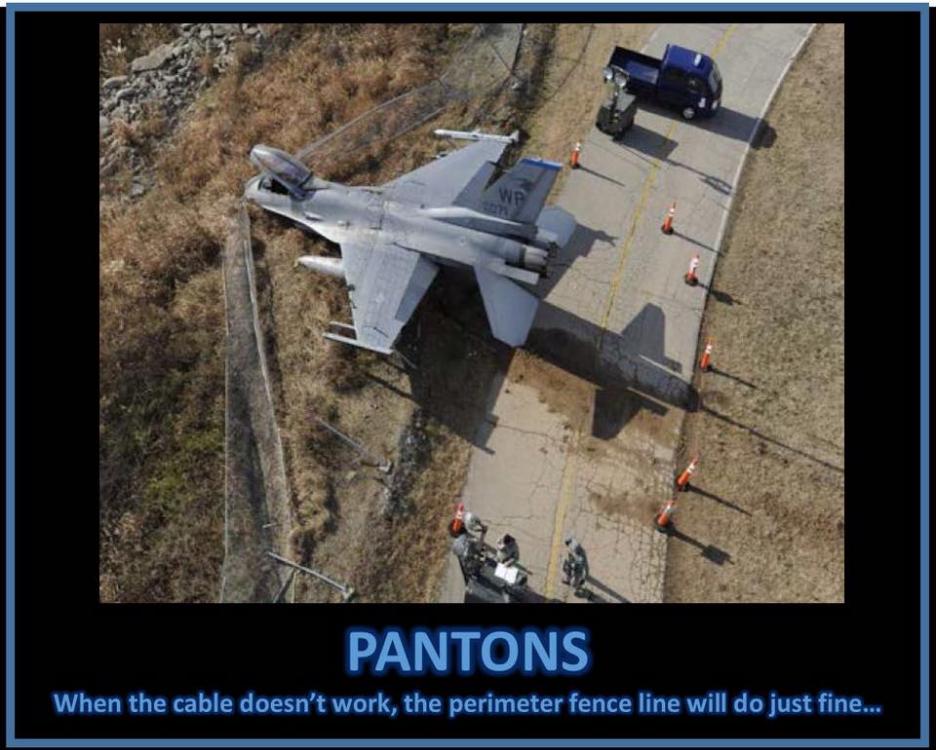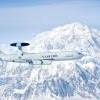A valid question; here's my opinion based on my involvement as an AF O-6 at NSA working airborne programs for the Asst Dep Director for Operations, Military Affairs and post- retirement as a civilian in OSD (DARO, OUSD/ISR, and NIMA/NGA)at the time The answer is that in the very early 90s, Bill Lynn, the Director of DARPA (actually named "ARPA" at that point but returned to its original title of "DARPA" later in the 90s), and Bill Perry, the DepSecDef (not sure if they were in those exact positions in the very beginning, but by mid-90s they were) believed that unmanned aircraft had the potential to revolutionize airborne operations, starting with ISR, by reducing personal exposure to threats, enabling extended ISR (long duration ops) and save money by reducing the manpower costs in the systems. Additionally, they believed that a new acquisition concept called the Advanced Concept Technology Demonstration (ACTD) could speed up the introduction of new systems from the current (in the 90s) and painful 15-20 years. The idea was to marry up the contractor side and the government side early in the development cycle to better work out operational issues while designing the vehicles (sounds good...didn't work!). They married the two ideas and DARPA initiated the High Altitude Endurance (HAE) and Medium Altitude Endurance (MAE) programs in 1994. The HAE program envisioned two platforms; a high altitude "U-2-like" vehicle and a smaller low observable, craft for better penetration of highly defended areas, referred to as "tier 2+ and "Tier 3-" in their concept terminology. The MAE program started with an existing much less capable unmanned RPA called the "Gnat", built by General Atomics for another purpose. You'll note here that this effort was a DARPA technology development effort, not an acquisition effort responding to an approved DoD mission need. In fact, the Air Force was not particularly enamored with the idea of unmanned mission aircraft and did not support the effort; there was no AF money or manning in the POM to support it. In fact the HAE program plan itself says there is only one required outcome...and let me quote from the ARPA 6 Oct 1994 ver 1.0 HAE CONOP..."A dominant objective of the HAE UAV program is to obtain the maximum capability possible for a set, non-waiverable Unit Flyaway Price (UFP); accordingly, while there are performance objectives, the only requirement that must be met is the UFP." In other words, it doesn't have to do anything except fly, hold a camera, and cost less that $10 million a copy; no operational needs have to be satisfied. To many in the system, the real effort was for DARPA to develop the new acquisition concept, using the HAE and MAE as exemplars. The AF eventually got the aircraft because the outcome of an ACTD was to be either: 1) a failed program, so cancel it, 2) showed promise, so move on and correct issues, or 3) Provide program residuals to the eventual user (AF in this case) for them to decide to either keep and operate or dump. The ARPA and SECDEF seniors decided it flew, collected something, and (sort of) met the UFP goal (at about $15.5 each), so they chose option 3 and passed it all to the AF (both HAE and MAE, although the DarkStar segment of HAE was cancelled after it crashed on flight 2.
Why they kept it was the usual case of political and industrial influence, I guess. Some of us suggested the best course of action was to dump the Global Hawk because it met few operational needs, would cost too much to upgrade (if it could ever be upgraded...too little space, too little power, too little payload), and met few of the original desired capabilities, We felt it would be cheaper to take the money and start with a clean sheet design, using the knowledge gained to drive the new (unmanned) platform (which we referred to as "Global Truck"). The estimated $200-400 million extra was consider too much money by leadership, so we stay on the "cheap" track...which I suspect has cost us an extra $5-8 Billion by now (just my guess).
As for the ACTD experiment, it hit a few bumps, too. When the Predator program was turned over to the AF and told to operate it, they found the DARPA program provided no money or manpower in the DoD budget to do so, no tech data was ever developed for the Service (it was all contractor proprietary) so they couldn't fix it, no ground control systems built except the contractor's test stuff so they couldn't deploy or fly it fly, No additional money was provided by DoD or Congress to the AF so the AF started a program called "Predator 911" to find money (to operate and buy support) and manpower, and facilities, "robbing" it from the current and future years budgets, causing major disruptions for years. As for GH, the idea of killing the U-2 and replacing it with the GH didn't float either, because the GH had practically no operational capability as delivered and it took a decade to develop the RQ-4B with more capability and slightly better sensors.
So, that's why we have it! BTW, as far as Perry and Lynn were concerned, the success of unmanned systems since then probably indicates their vision was a success, and I can't really argue that they'd be wrong. Its all in your perspective.










